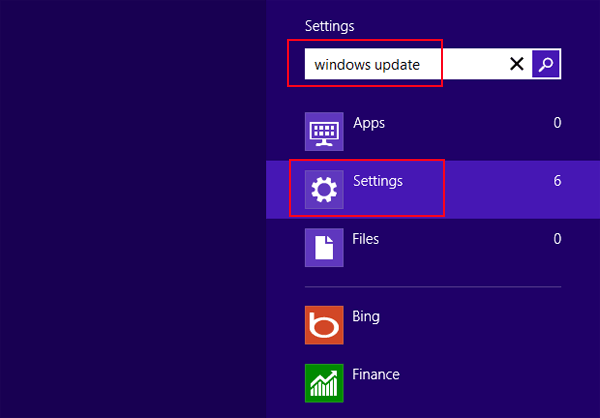

You are in complete control of the patch and the reboot, thereby satisfying Then you can apply the patch at the time you will allow a reboot. If you want to control reboots, implement a complete system that controls the application of patches. But at the same time, the arguer will hold Microsoft accountable for any type of instability, even if they are not following Microsoft's recommendations The counter argument is 'it is my system and I want to have full control of it', which is a valid point. Yes, the system works, but the longer it works in this manner, the higher the probability that something will occur that was not tested, as the tests include the content of the patch. The stable environment wants all patched files in effect. Other files which need a reboot to take effect have not been placed into operation. Some files which do not need a reboot to take effect have been placed into operation. Has been patched, yet not rebooted, is one way to have a less stable system. Despite telling people for years and years that they should not apply patches and then wait extended periods of time before rebooting, people continue to do it. If you have feedback for TechNet Subscriber Support, think it is Microsoft trying to enforce better stability. Please remember to mark the replies as answers if they help. (you may need to create the keys manually if they don't exist)ģ.Create a new DWORD value called AUOptions and enter a value of either 2 or 3.ģ = Automatically download and notify of installation No auto-restart with logged on users for scheduled automatic update installationsġ.Press Win + R and type regedit then hit EnterĢ.Navigate to HKEY_LOCAL_MACHINE\Software\Policies\Microsoft\Windows\WindowsUpdate\AU Open your start menu and type Group, then click Edit group policyĮxpand Computer Configuration \ Administrative Templates \ Windows Components \ Windows Updateĭouble click Configure Automatic Updates and enable the policy, and configure it as needed.Īlso other group policy in Windows Update could be helpful. To disable automatic reboots right-click on Reboot and select disable. Navigate to Task Scheduler Library > Microsoft > Windows > UpdateOchestrator

We could try to use the three methods below:


 0 kommentar(er)
0 kommentar(er)
